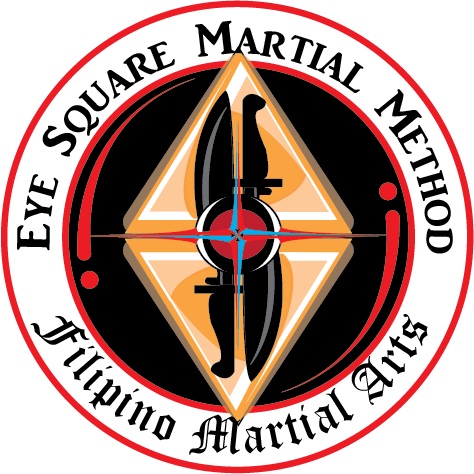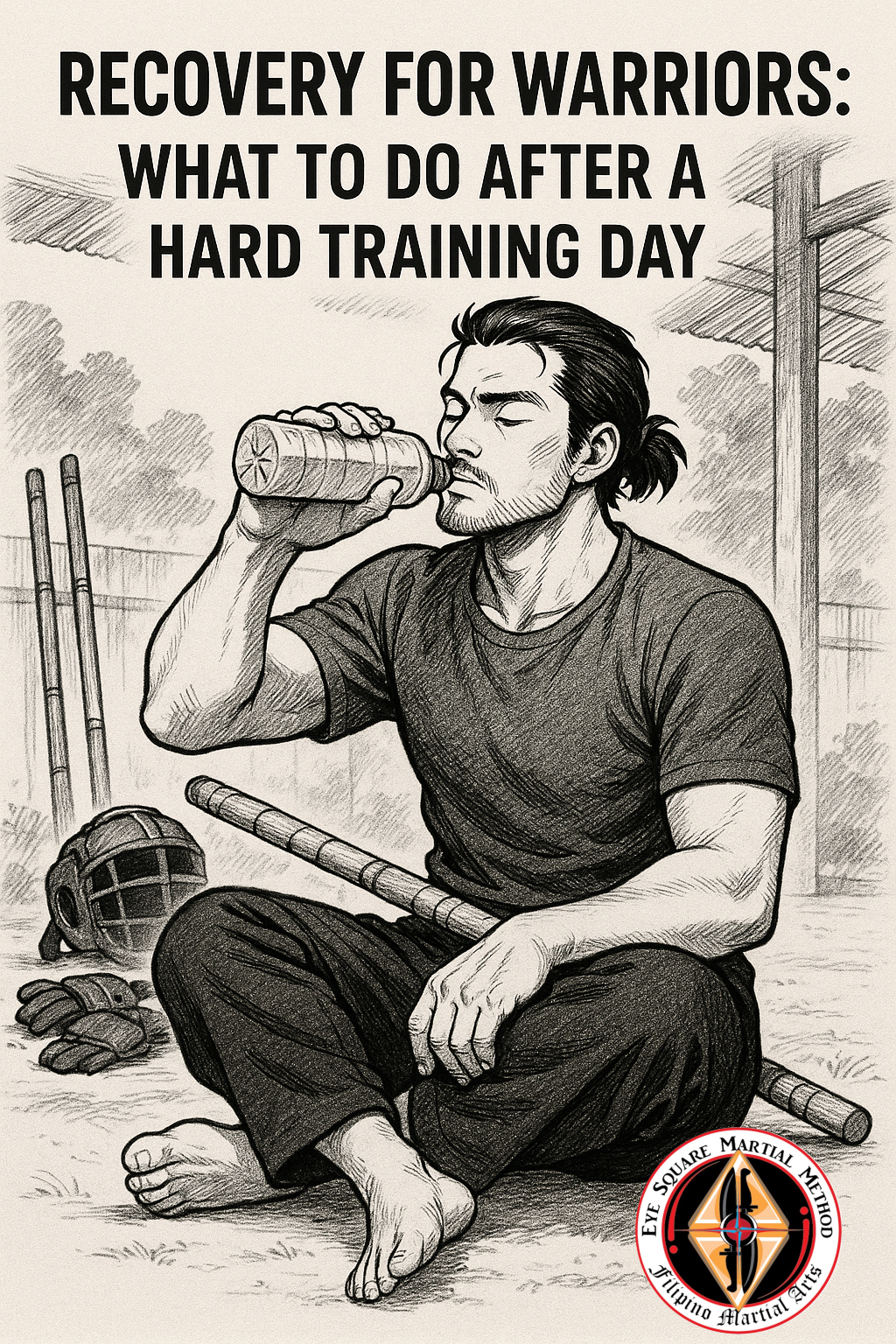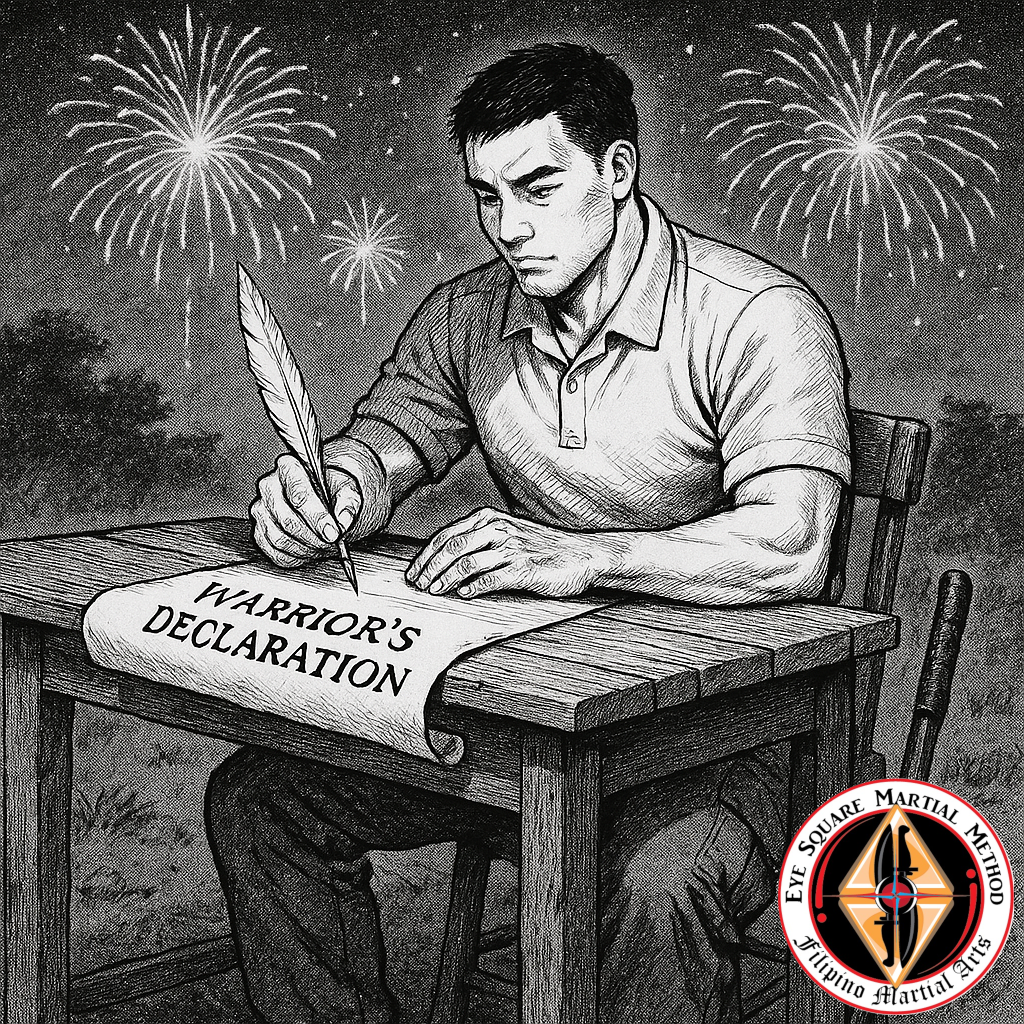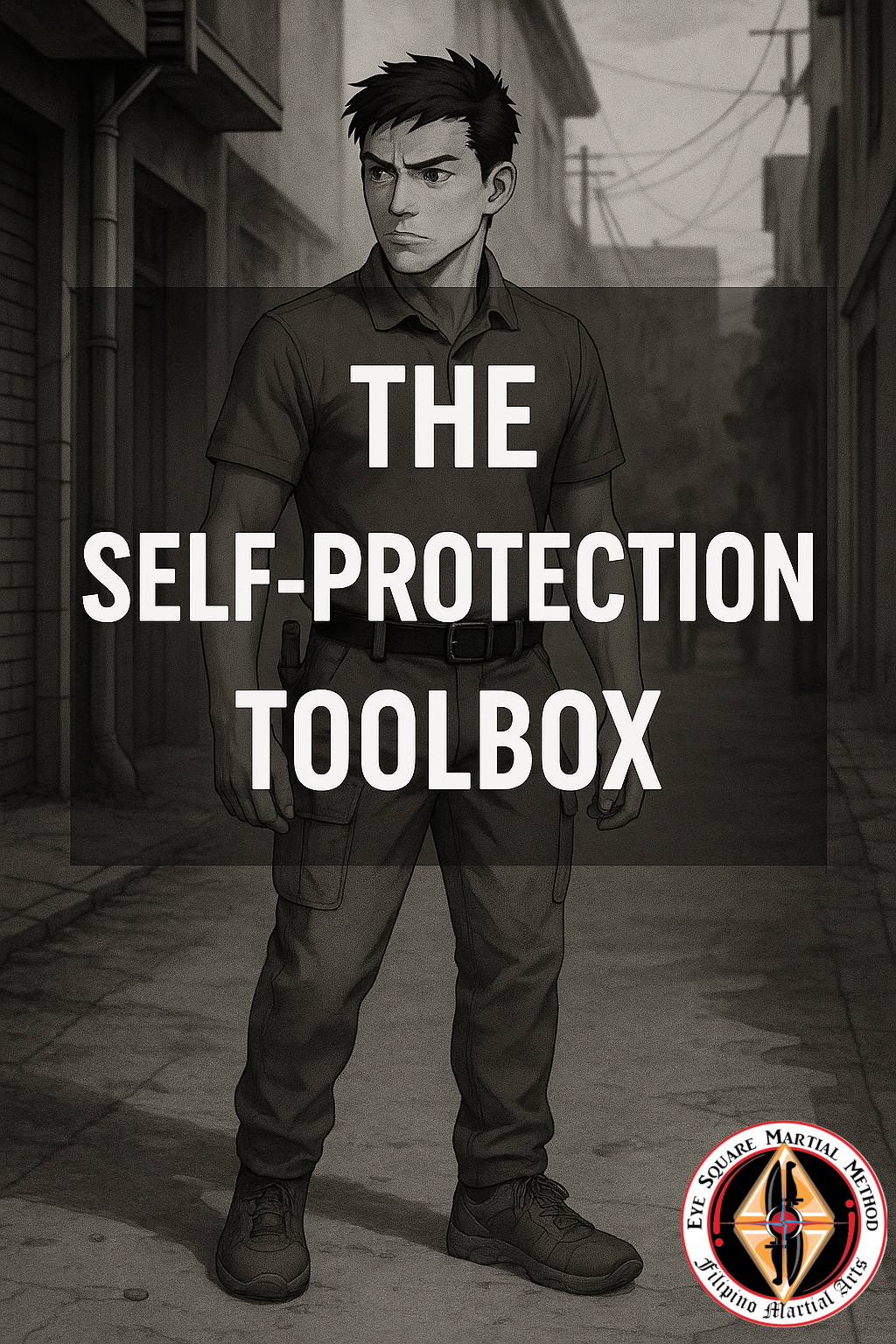Training in Filipino Martial Arts—or any intense combat discipline—isn’t just about what happens on the mat. It’s what happens after that separates the committed from the careless.
Here’s how to make your recovery a deliberate part of your warrior’s journey:
1. Hydrate Like You Mean It
Even if you don’t feel thirsty, hard training depletes fluids fast. Water is a must, but don’t forget electrolytes—especially if you’ve been sweating heavily. Coconut water, electrolyte tablets, or a pinch of salt and lemon in your water can help rebalance your system.
2. Refuel with Purpose
Your body needs the right nutrients to rebuild muscle and restore energy. Aim for:
- Protein (repair tissue)
- Complex carbs (replenish glycogen)
- Healthy fats (reduce inflammation)
Bonus: turmeric, ginger, and leafy greens all help fight inflammation.
3. Cool Down and Stretch
A short cool-down and mobility routine can make a huge difference. Try:
- Light shadowboxing
- Slow Sinawali or flow drills
- Static stretching (especially hips, shoulders, and back)
- Foam rolling or massage ball work on tight areas
4. Rest Actively
Rest doesn’t mean being completely still. The day after training, go for a walk, do some light stick flow, or focus on breathwork. Movement helps circulation, reduces soreness, and reinforces technique without added strain.
5. Tend Your Bruises (Literally and Figuratively)
If you’ve been hit, treat it:
- Ice in the first 24 hours
- Warmth and light massage after that
Massage in Dit Da Jow like Plum Dragon Bruise Juice - Arnica or magnesium lotion for soreness
And don’t ignore mental bruises either. Frustration or doubt is normal. Reflect, don’t ruminate.
6. Sleep Like It’s Part of the Mission
Deep, quality sleep is your best recovery tool. Aim for 7–9 hours. Avoid screens before bed, and consider breath-focused meditation or a hot shower to calm your system.
7. Review and Refocus
The next morning, jot down:
- What went well in training
- What you want to improve
- What you felt—not just what you did
This turns recovery into preparation for next time.
Final Thought
Recovery isn’t the opposite of training—it’s the other half of it. Be disciplined in your rest, just as you are in your drills. Your body will thank you. So will your future self in the middle of a tough sparring round.



